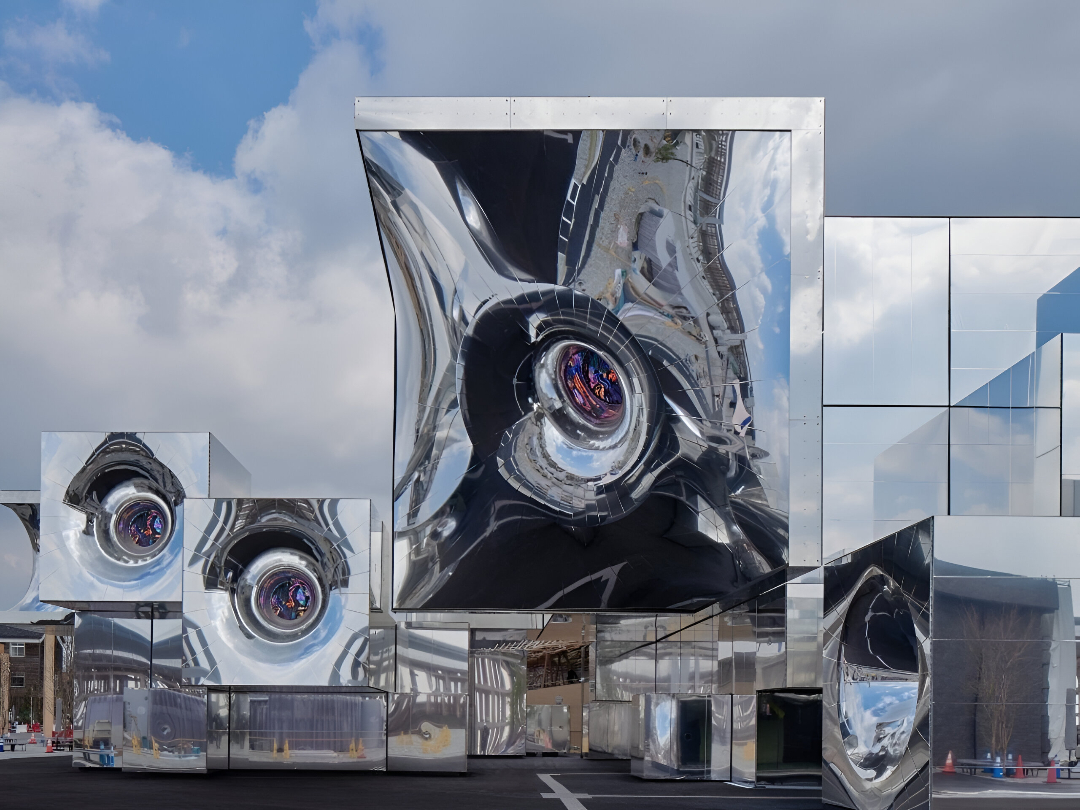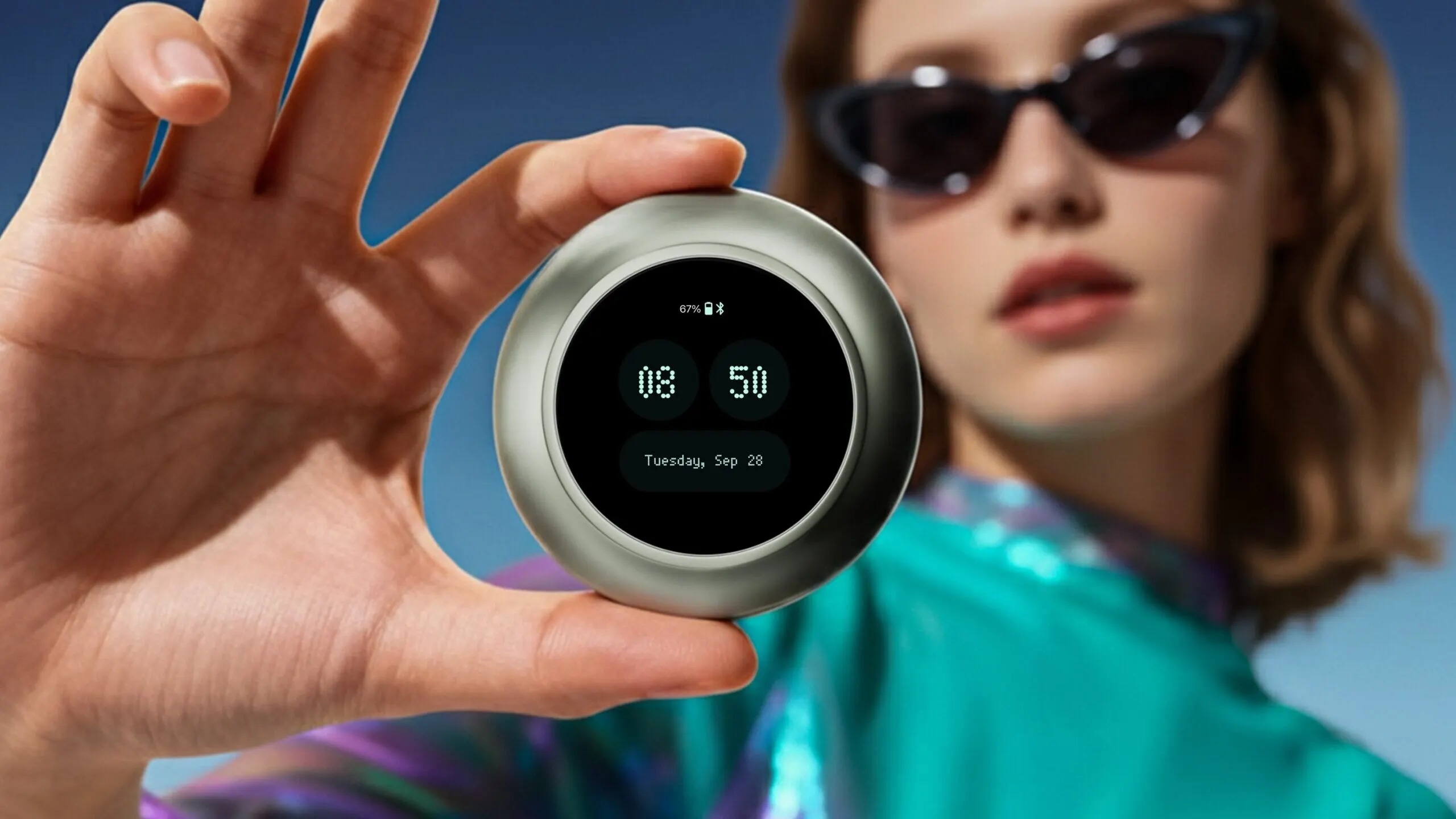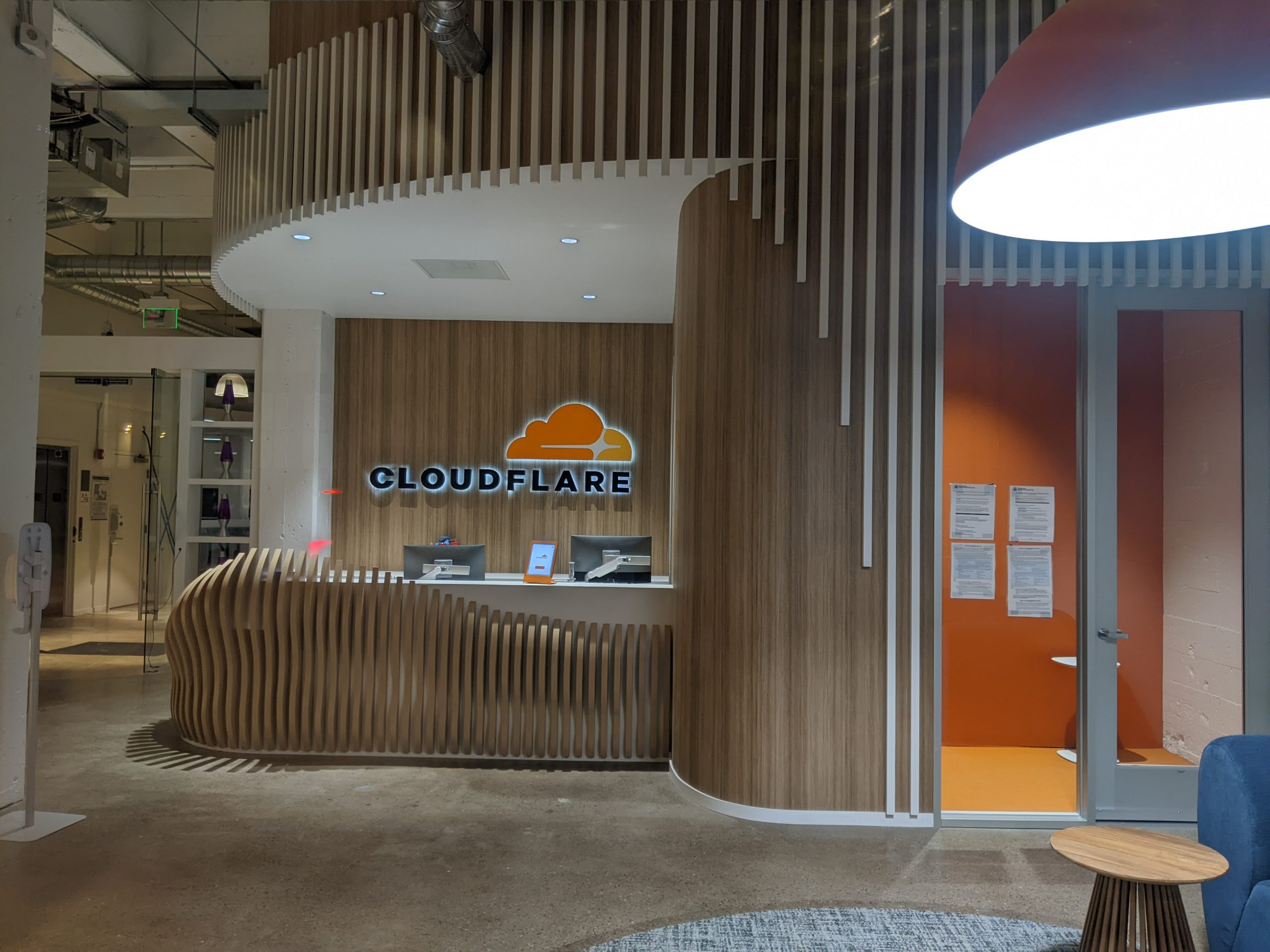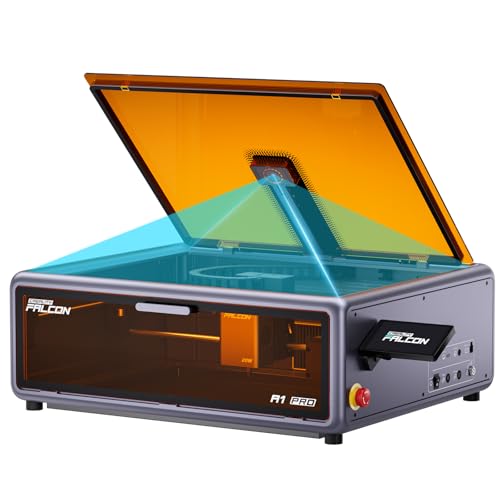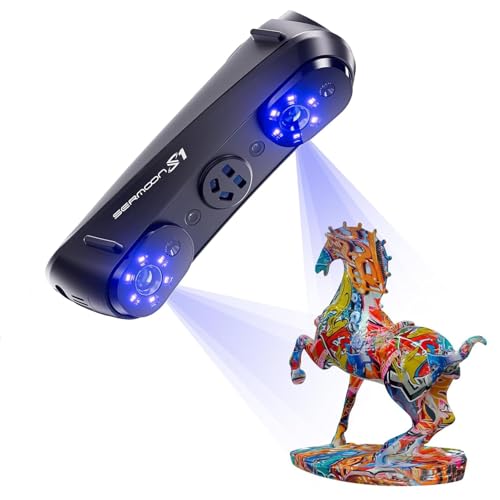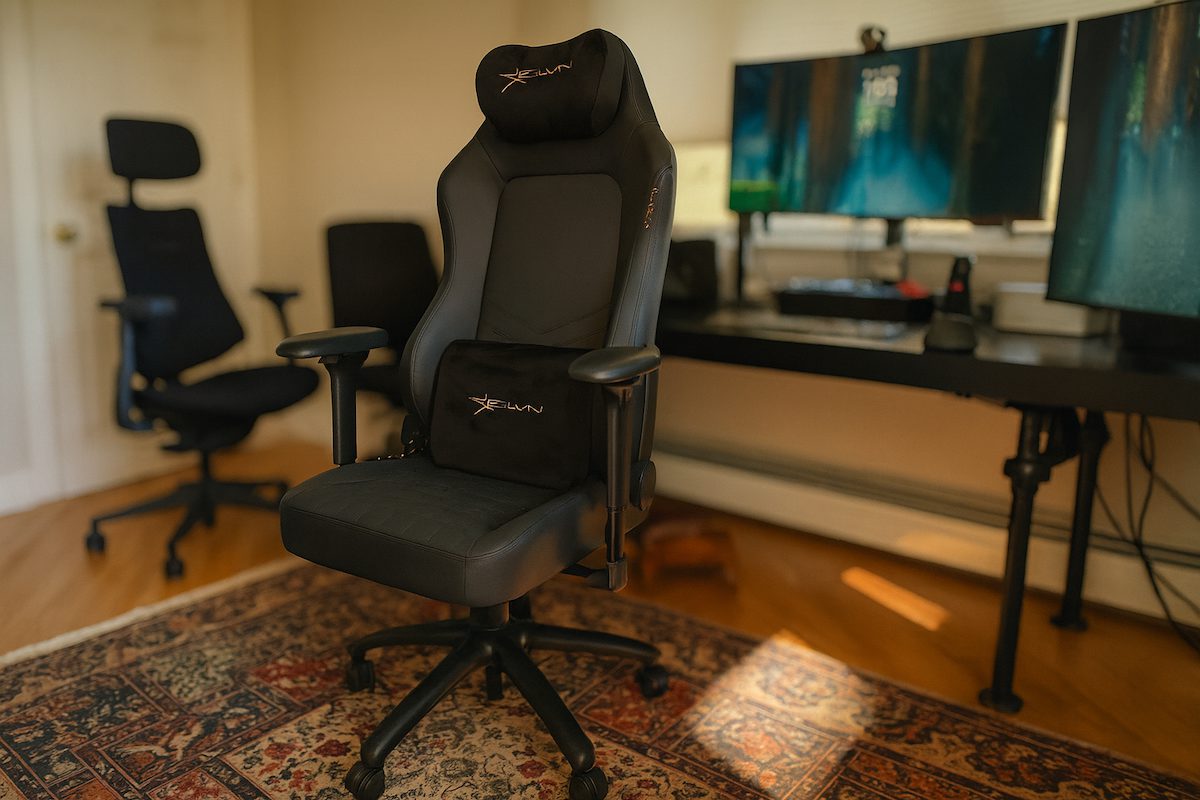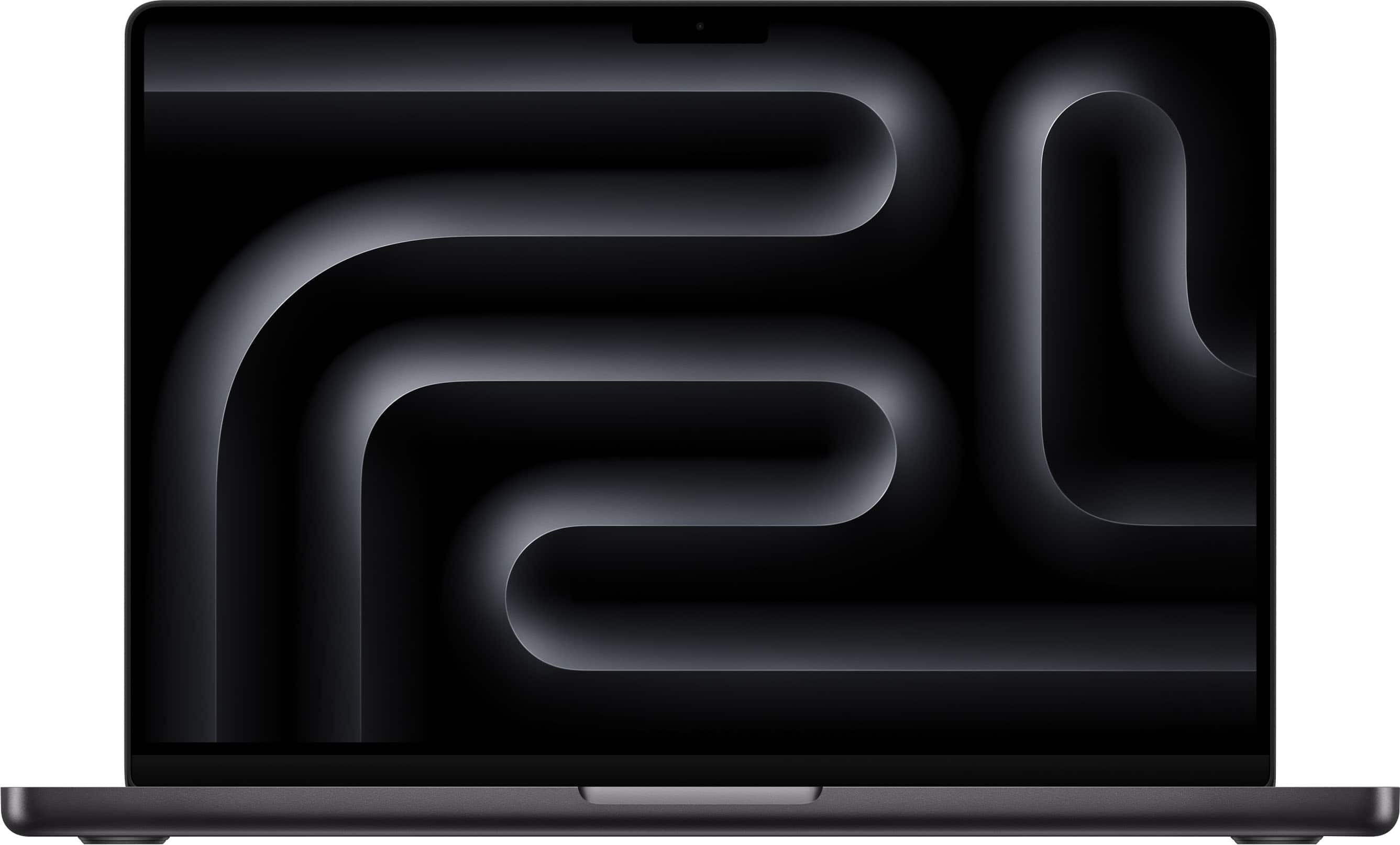Step into the future of architecture at Expo 2025 Osaka with null², a groundbreaking pavilion that challenges our understanding of space. Created by studio NOIZ in partnership with media artist Yoichi Ochiai, this innovative structure exists in a realm between physical and digital worlds. Not just a building, null² functions as an interactive environment that responds to visitors and its surroundings. The pavilion introduces six revolutionary concepts that point toward a new architectural future where static structures give way to dynamic, responsive environments. Join us on this visual journey through null²’s transformative vision.
Hybrid Space-Making
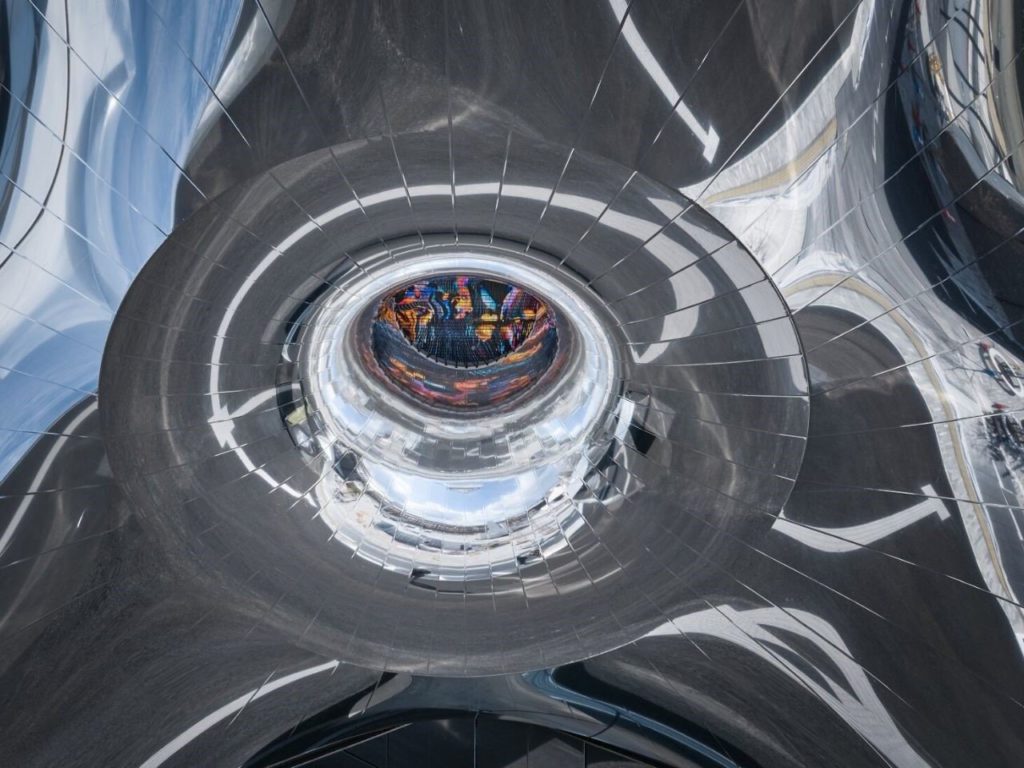
Architecture has traditionally existed in the physical realm, but null² breaks this boundary by creating what designers call an “interspace.” The pavilion is neither fully real nor entirely virtual—it occupies a new category between these traditional divisions. This hybrid approach allows visitors to experience architecture as a fluid medium rather than a fixed structure.
The concept builds on the growing integration of digital and physical experiences in our daily lives. At null², this integration becomes concrete through an architectural form that responds, adapts, and communicates with its users. The building serves as a prototype for future spaces, much like the innovations seen in the Las Vegas Mega Sphere, where physical surroundings dynamically shift based on user needs and interactions.
Modular Voxel Architecture
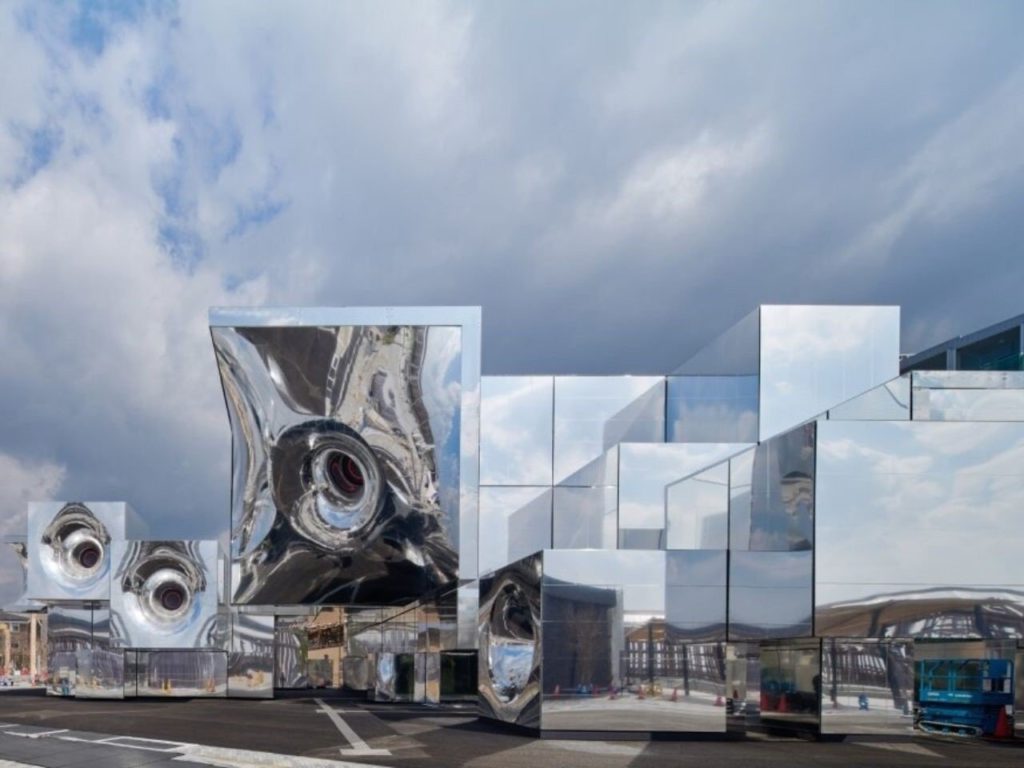
The foundation of null² lies in its innovative structural approach using voxel-like modules. These cubic units—measuring 2, 4, or 8 meters—function like three-dimensional pixels, creating a building system that bridges digital design and physical construction.
These modules combine to form flowing sequences of exhibition spaces, support areas, and rest zones throughout the pavilion. What makes this approach particularly powerful is its versatility—some modules maintain rigid geometric forms while others twist into organic shapes, creating a diverse spatial experience. This modular system represents a step toward architecture that can be rapidly reconfigured and adapted, much like digital content.
Reactive Mirrored Membrane
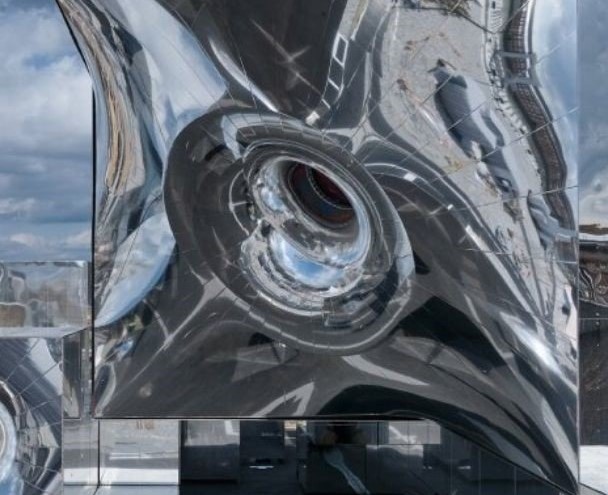
Perhaps null²’s most visually striking feature is its newly developed mirrored membrane cladding. This isn’t static glass but a tensile reflective surface that responds to environmental forces, particularly wind. The membrane creates a continually changing visual experience as it shimmers and shifts.
This responsive skin transforms the building from an object to a process—architecture that breathes and reacts. By reflecting its surroundings in this dynamic way, the boundary between building and environment blurs. The structure seems to disappear into its context at times, challenging our perception of where architecture begins and ends. This membrane suggests future buildings might function more like living organisms than static objects.
Adaptive Deployment and Sustainability

Designed with the constraints of Expo 2025 in mind, null² pioneers a new approach to temporary architecture. The pavilion’s modular framework enables rapid deployment, easy dismantling, and potential relocation when the Expo concludes, addressing the common problem of purpose-built expo structures becoming obsolete.
Beyond its flexible construction, the innovative membrane serves multiple practical functions. It provides solar reflectance and thermal insulation, suggesting applications beyond the Expo context. NOIZ envisions this technology potentially retrofitting existing buildings, extending their lifespan with enhanced environmental performance. This approach represents a sustainable vision where architecture adapts rather than being demolished and rebuilt.
Interactive Digital Twin Experience
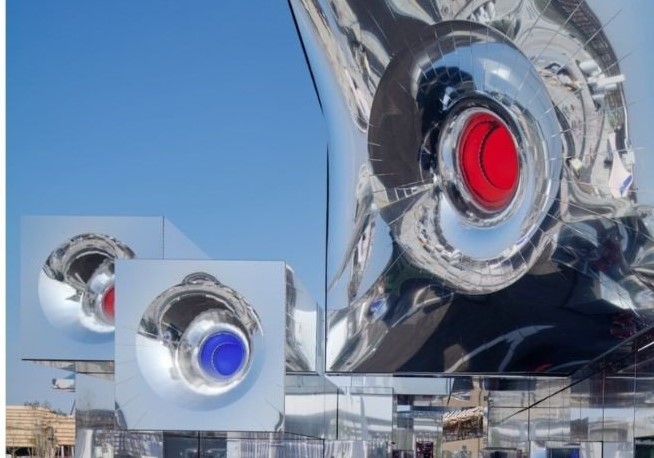
Inside null², the exhibition experience centers around digital twins—virtual avatars that mirror and respond to visitors. This creates a profound shift in how we experience architecture, transforming passive observation into active co-creation.
The pavilion integrates robotic arms and embedded woofers that interact with the mirrored surfaces through movement and sound. These technological elements make the space feel both physically tangible and intelligently responsive. When visitors enter, they become participants in an ongoing dialogue with the environment. The building functions as an interface—a medium facilitating communication between people and space in ways traditional architecture cannot achieve.
Collective Digital Authorship

Null² extends beyond its physical presence through a participatory digital platform. Remote users can engage with the pavilion via robotic avatars, while on-site visitors can enhance their experience through augmented reality overlays.
Most revolutionary is how this approach redefines architectural authorship. Visitors are encouraged to digitally reinterpret the structure, creating personalized spatial designs that contribute to an evolving archive. This transforms architecture from the vision of a single designer to a collective, crowd-sourced process. The building becomes an ongoing conversation rather than a finished statement, pointing toward a future where our built environment might continuously evolve through collective input.


